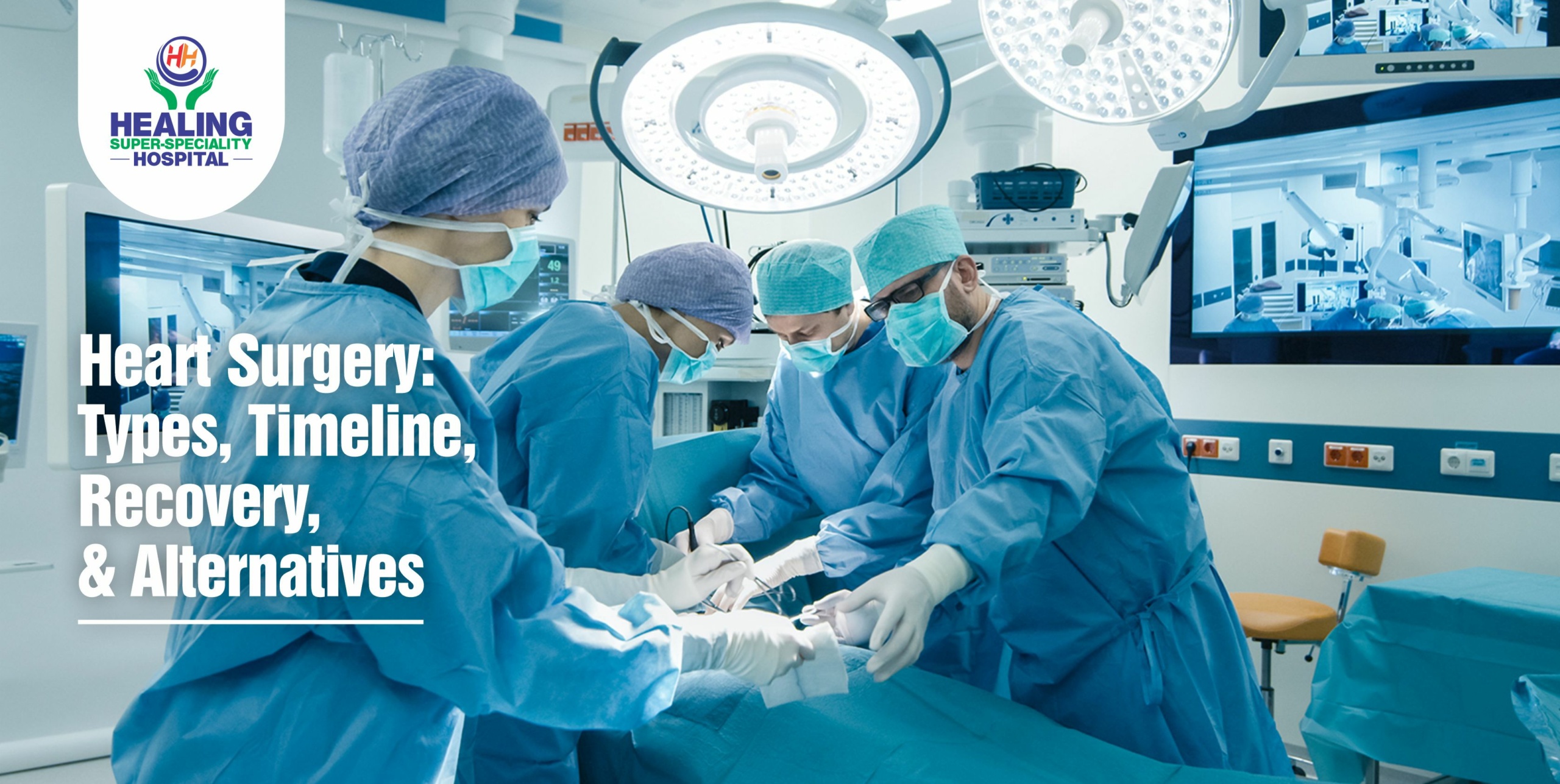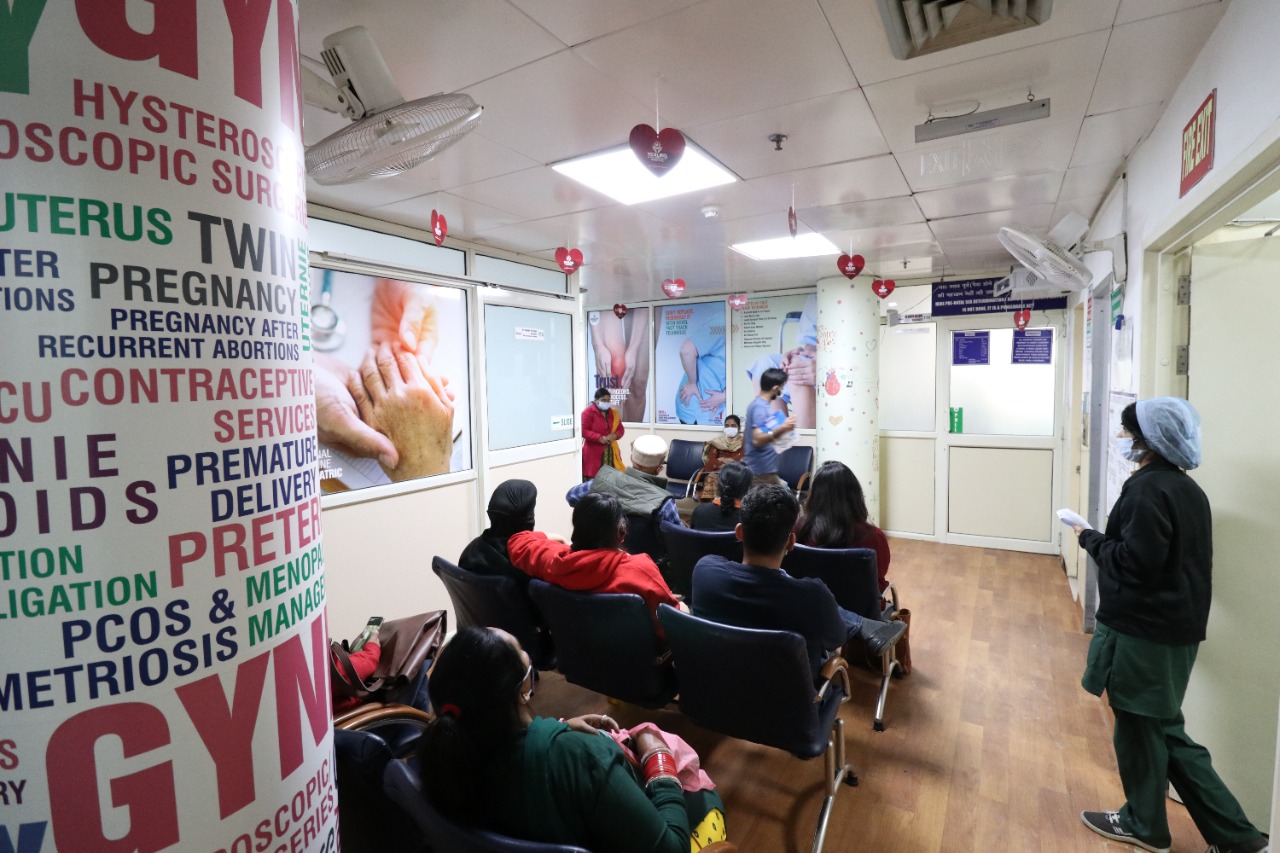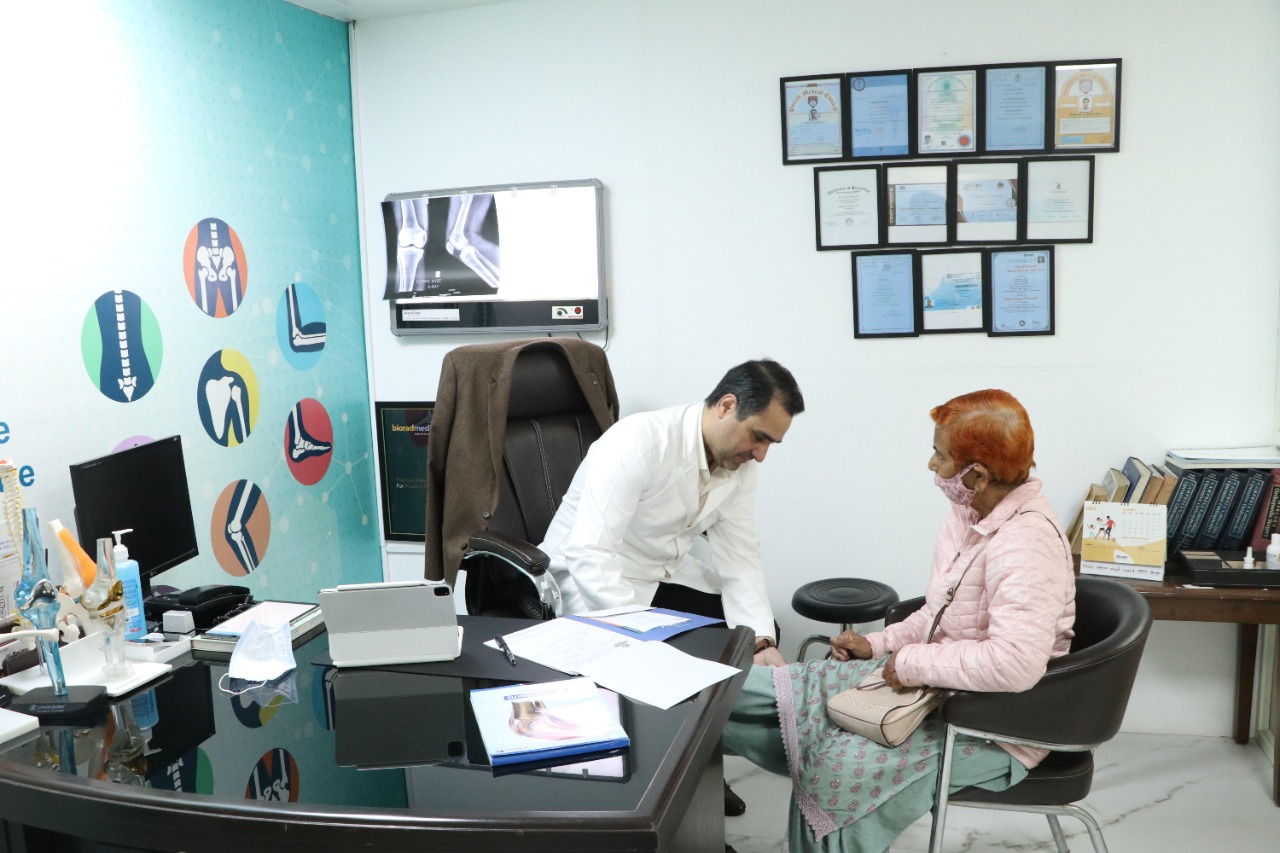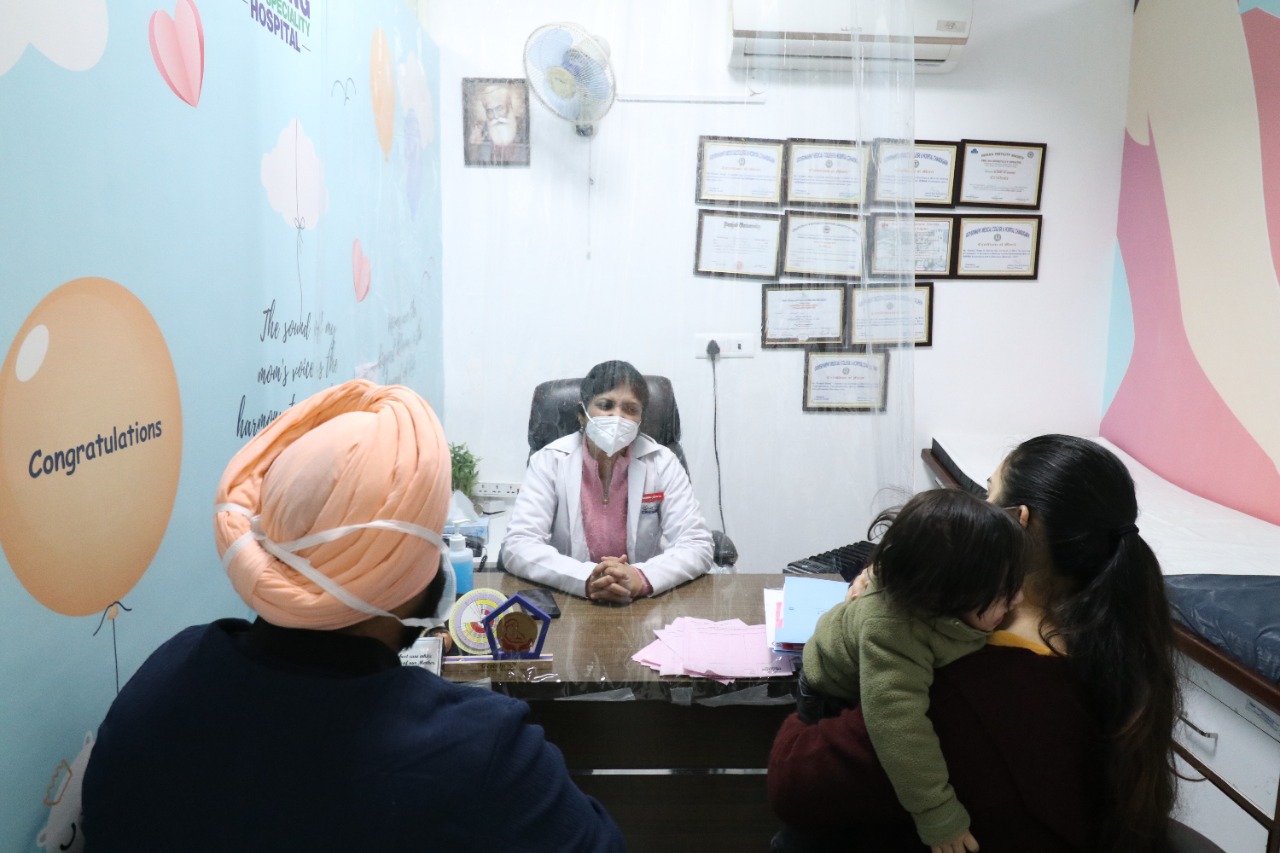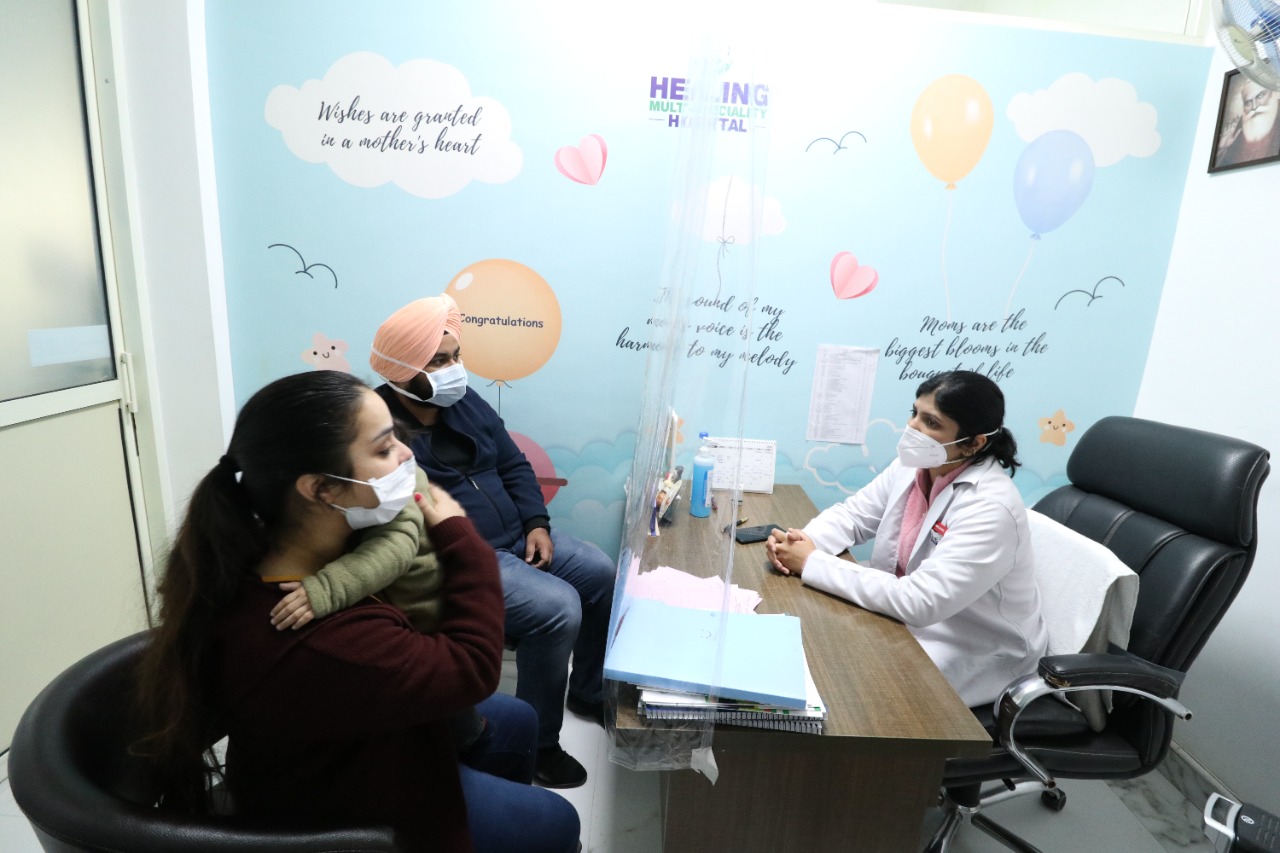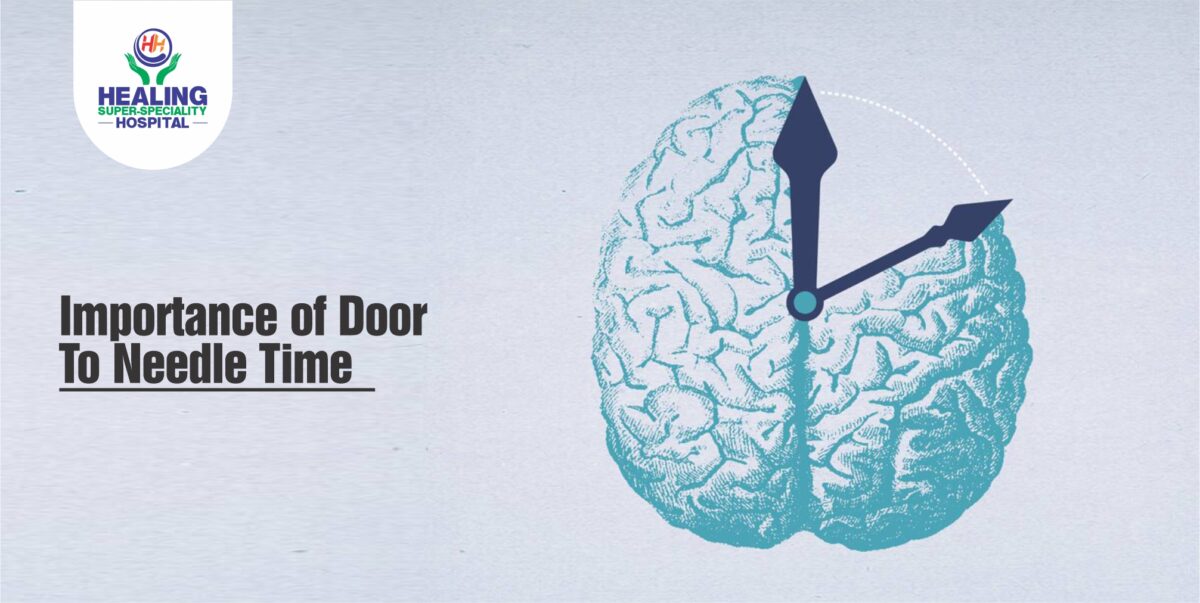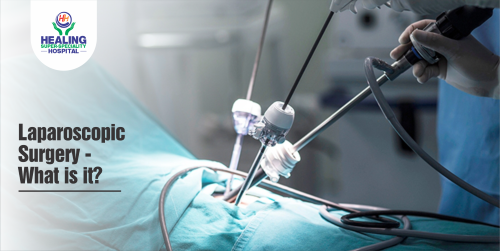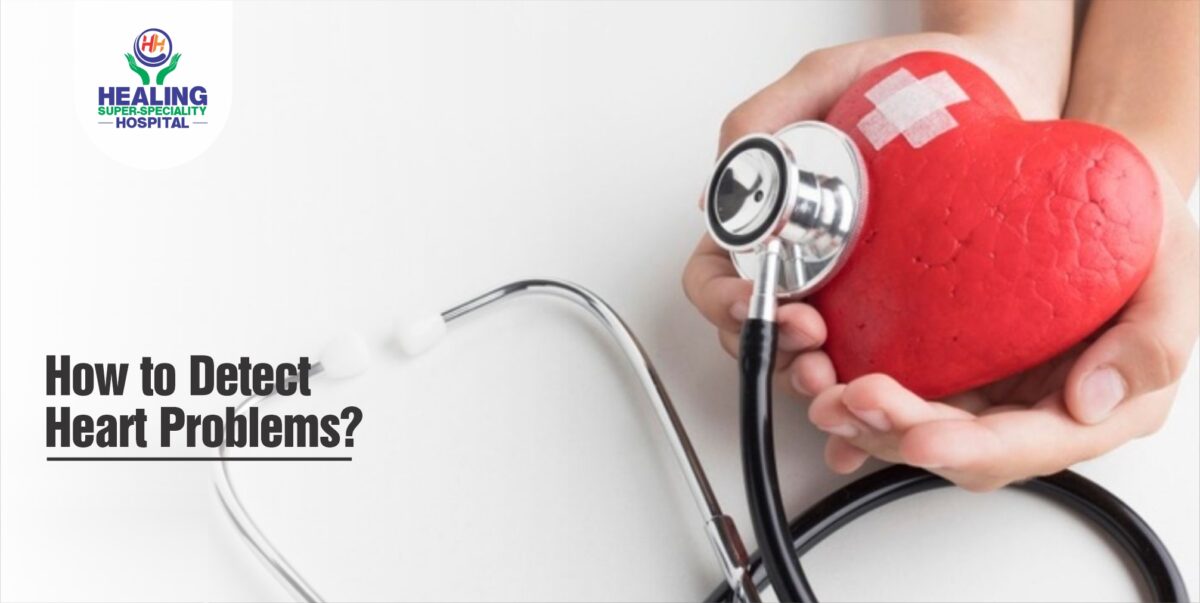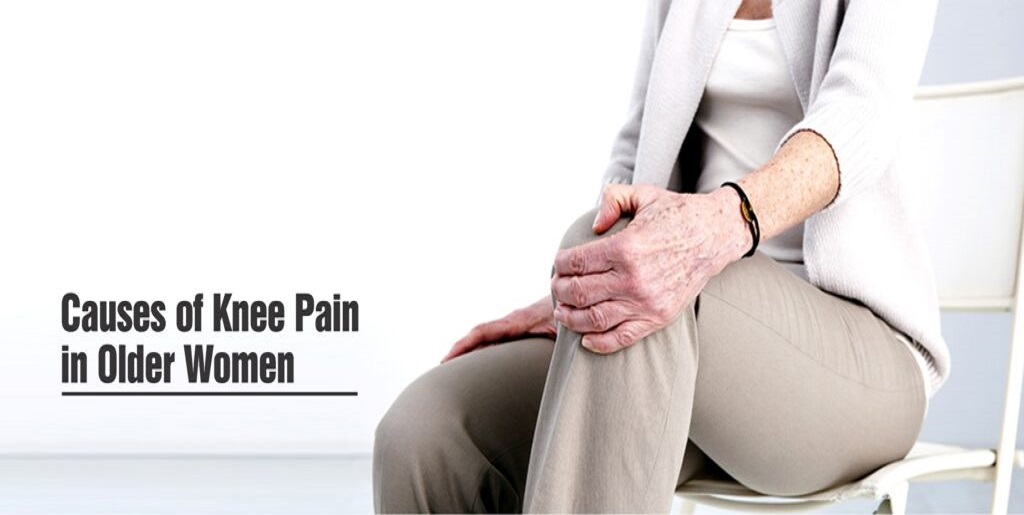Heart problems do not generally necessitate surgery. They can sometimes be treated with nonsurgical procedures, medicines, or lifestyle modifications. Problems such as heart failure, plaque buildup that partially or completely stop blood flow in a coronary artery, malfunctioning heart valves, dilated or diseased major blood arteries (such as the aorta), and irregular heart rhythms are the ones that necessitate surgery.
Types of Heart Surgery
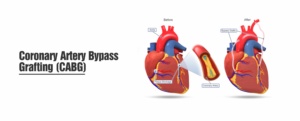
- Coronary Artery Bypass Grafting (CABG): CABG is also known as heart bypass surgery or coronary artery bypass surgery. In this type of surgery, the surgeon attaches a healthy artery or vein from elsewhere in your body to deliver blood past the blocked coronary artery. The grafted artery or vein creates a new path for blood to circulate to the heart muscle by bypassing the blocked part of the coronary artery. Usually, this procedure is done for more than one coronary artery.
- Insertion of a pacemaker or an implantable cardioverter defibrillator (ICD): Arrhythmia is a condition in which the heart beats excessively fast, too slow, or in an irregular rhythm. Medicine is usually the initial therapeutic option. A surgeon may implant a pacemaker under the skin of the chest or abdomen, with wires connecting it to the heart chambers, if medicine fails. When a sensor identifies an abnormal heart rhythm, the device utilises electrical pulses to control it. When an ICD detects a hazardous arrhythmia, it provides an electric shock to bring the heart rate back to normal.
- Insertion of a ventricular assist device (VAD) or total artificial heart (TAH): A mechanical pump that supports heart function and blood flow is known as a ventricular assist device. The two bottom chambers of the heart are replaced by a total artificial heart.
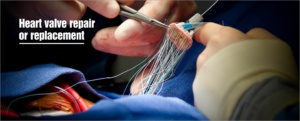
- Heart valve repair or replacement: A heart surgeon in Chandigarh can either repair or replace the valve with an artificial or biological valve produced from pig, cow, or human heart tissue. Inserting a catheter into a major blood vessel, guiding it to the heart, then inflating and deflating a tiny balloon at the catheter’s tip to enlarge a narrow valve is one repair option.
- Aneurysm repair: To repair a balloon-like bulge in the artery or heart muscle wall, a patch or graft is used to replace a weak segment of the artery or heart wall.
- Maze surgery: To reroute electrical signals along a regulated channel to the lower heart chambers, a heart surgeon produces a pattern of scar tissue within the upper chambers of the heart. Atrial fibrillation, which is the most frequent type of severe arrhythmia, is caused by stray electrical signals, which this surgery blocks.
- Heart transplant: In this surgery, the damaged heart of the patient is removed, and a healthy heart from a deceased donor is implanted in its place.
Timeline
A heart surgery in Chandigarh patient will need to stay in the hospital for 7–10 days. This can involve at least one day in the intensive care unit following the surgery.
Also Read: https://healinghospital.co.in/angioplasty-types-risks-recovery-and-procedure/
Recovery
The length of your recovery depends on the type of surgery you had, but you’ll likely spend a day or more in the hospital’s intensive care unit for most forms of heart surgery. Then you’ll be transferred to another part of the hospital for a few days before being discharged.
The length of your recovery period at home will be determined by the type of surgery you had, your overall health before to the operation, and whether you had any complications from the procedure. A full recovery from a typical coronary artery bypass, for example, could take six to twelve weeks or longer.
To know more about open heart surgery in Chandigarh, click here: https://healinghospital.co.in/cardiology-department/
Alternatives
- Angioplasty: In this procedure, a surgeon places a stent within a narrowed artery to expand it during this surgery.
- Transcatheter aortic valve replacement: A new valve is inserted using a catheter during this procedure. Once in place, this opens up and expands the blood vessel.
- Aortic valve balloon valvuloplasty: This technique enlarges a valve by inserting a balloon.




